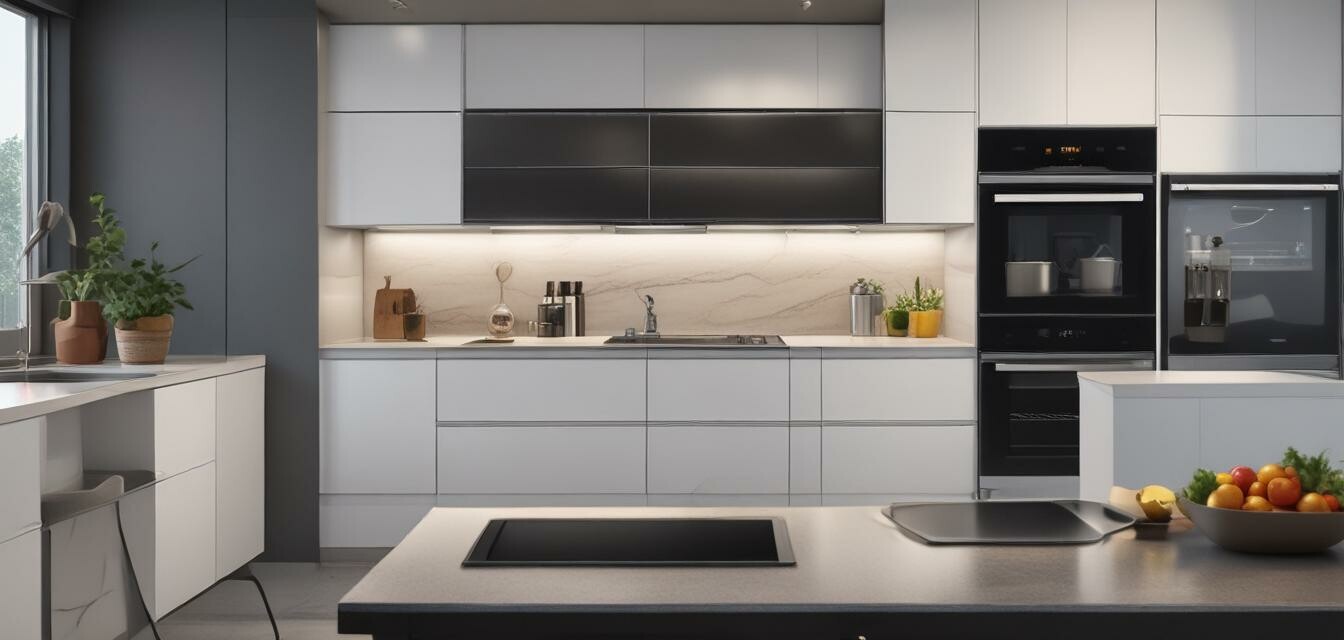
What’s New in Smart Kitchen Tech for 2025?
Key Takeaways
- Smart kitchen technology is evolving rapidly in 2025, enhancing user convenience and efficiency.
- New features include AI-driven appliances and integrated cooking experiences.
- Touchless technology is gaining momentum, making kitchens more hygienic.
- Bluetooth-enabled devices are set to connect more seamlessly for enhanced functionality.
- Eco-friendly appliances are becoming a priority for today’s consumers.
As we look toward 2025, the kitchen is undergoing a transformation like never before. With rapid advancements in technology, homeowners are finding smarter and more efficient ways to cook and manage their kitchens. In this article, we will explore the latest innovations in smart kitchen technology that are revolutionizing the culinary experience, making cooking not just easier but also more enjoyable.
AI-driven cooktops
The rise of artificial intelligence in kitchen appliances is set to take cooking to new heights. Smart cooktops equipped with AI technology can learn your cooking habits, suggest recipes based on available ingredients, and even adjust cooking times and temperatures automatically. Here’s a closer look at the features of these intelligent cooktops:
| Feature | Description |
|---|---|
| Recipe suggestions | AI analyzes your pantry's ingredients and suggests recipes. |
| Adaptive cooking | Automatically adjusts heat settings based on cooking progress. |
| Energy efficiency | Optimizes energy use, reducing electricity consumption. |
Touchless faucets
In 2025, the demand for touchless technology is increasing, especially in kitchen faucets. These faucets are equipped with sensors that allow users to turn the water on and off without physical contact. This feature not only enhances convenience but also promotes hygiene. Here are some benefits of touchless faucets:
Pros
- Improved hygiene by reducing contact with faucet handles.
- Water-saving features help conserve water.
- Convenient for cooking and cleaning with messy hands.
Cons
- Higher initial cost compared to traditional faucets.
- Requires electrical components, which may need maintenance.
Smart ovens with integrated cooking experiences
Smart ovens are getting a makeover in 2025 with features that deliver integrated cooking experiences. These ovens can be controlled via smartphone apps, allowing you to preheat, monitor, and adjust settings from anywhere. Some innovative features include:
- Remote cooking: Preheat your oven while heading home from work.
- Recipe integration: Directly follow step-by-step cooking instructions via the oven's display.
- Voice control: Use voice assistants to manage oven settings hands-free.
Bluetooth-enabled appliances
As the trend of connectivity continues, Bluetooth-enabled appliances are becoming more prevalent in kitchens. These devices allow for seamless integration with smartphones and other gadgets. Some key advantages include:
| Appliance | Functionality |
|---|---|
| Smart refrigerators | Track inventory, suggest recipes, and create shopping lists. |
| Bluetooth cookers | Control cooking temperatures, times, and monitor progress remotely. |
Conclusion
The future of smart kitchen technology is bright with innovations on the horizon for 2025. By incorporating AI, touchless technology, and better connectivity, kitchens are becoming more efficient and user-friendly. Stay updated with the latest trends and advancements in this space by visiting our Kitchen Technology News section, where we share the newest developments every day!